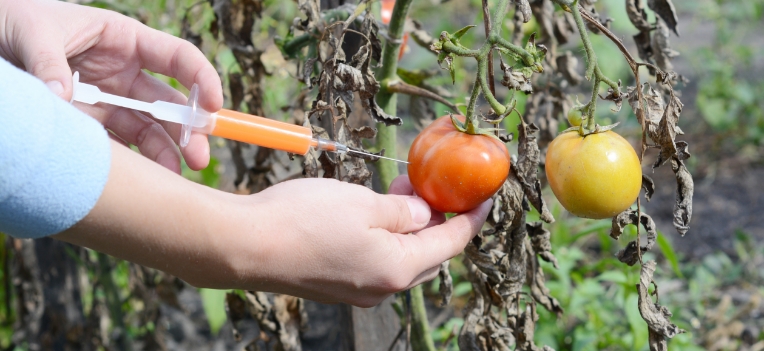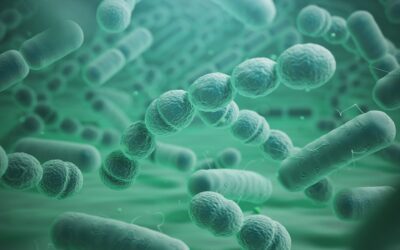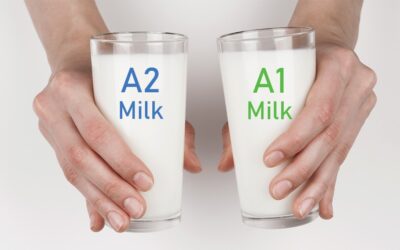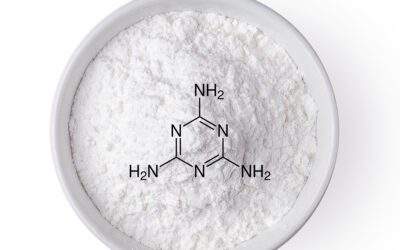Test for Adulterants

Cultivator Phyto Lab offers various tests in identifying adulterants in various food. Food adulteration considers not only the intentional addition or substitution or abstraction of substances that adversely affect the nature, substances, and quality of foods, but also their incidental contamination during the period of growth, harvesting, storage, processing, transport, and distribution. Although simple forms of adulteration like the addition of water to milk and colored starch to turmeric are still prevalent, newer forms and types of adulteration are emerging such as urea in puffed rice to improve texture; injecting color into poor quality fruits and vegetables; addition of urea, sodium carbonate, sodium hydroxide, formaldehyde, and hydrogen peroxide to increase shelf life of milk, etc. Many adulterants might prove to be a hazard to our health especially if consumed over a long period.
Edible Oils
Castor Oil, Mineral Oil, Argemone oil, Sesame oil, Cottonseed oil, linseed oil, Karanja oil, Kusum oil, Oil-soluble colors, Aflatoxins, Pesticide residues, and cheaper vegetable oils.
Spices
Non-permitted colors (Sudan red, Malachite green, Rhodamine B), Mineral oil coating, Husk starch, Foreign seeds/resins, Extraneous matter.
Non-Alcoholic Beverages
Saccharin, Dulcin, Brominates vegetable oil, Non-permitted colors, and excessive permitter colors.
Confectionery, sweets, savories
Non-permitted colors, Aluminum foil, Permitted color more than the permitted limit.
Coffee
Chicory, Date or tamarind seeds, Artificial color.
Tea
Colour, Iron filings, Foreign leaves
Cereals and Cereal Products
Fungal infestation, pesticide residues, sand, dirt, foreign starch, powdered chalk, iron filings.
NEWS AND BLOGS
Find up to date information, news releases, and corporate publications for Cultivator Phyto Lab customers
Superantigens of Streptococci Cause Streptococcal Toxic Shock Syndrome (STSS)
Be aware of a flesh-eating bacterium waiting on poor-quality of food stuff Toxic shock syndrome (TSS) was first identified in 1978 as a Staphylococcus aureus infection in children, followed by a tampon-related outbreak in 1980, which was further termed as...
You Should Know differences of A1 and A2 Milk Before Purchase
Milk is a mainstay in many people's diets around the world, and it's known for its high nutritional value. However, not all milks are the same. In recent years, there has been an increasing interest in A1 and A2 milk, which differ in their beta-casein proteins. This...
An intelligent adulterant Melamine; a white poison
Melamine is still a silent threat to food safety, posing considerable snags to food regulation in all nations. This seemingly harmless chemical compound, with its white crystalline form, has made its way into the food chain, posing as a protein booster while...



